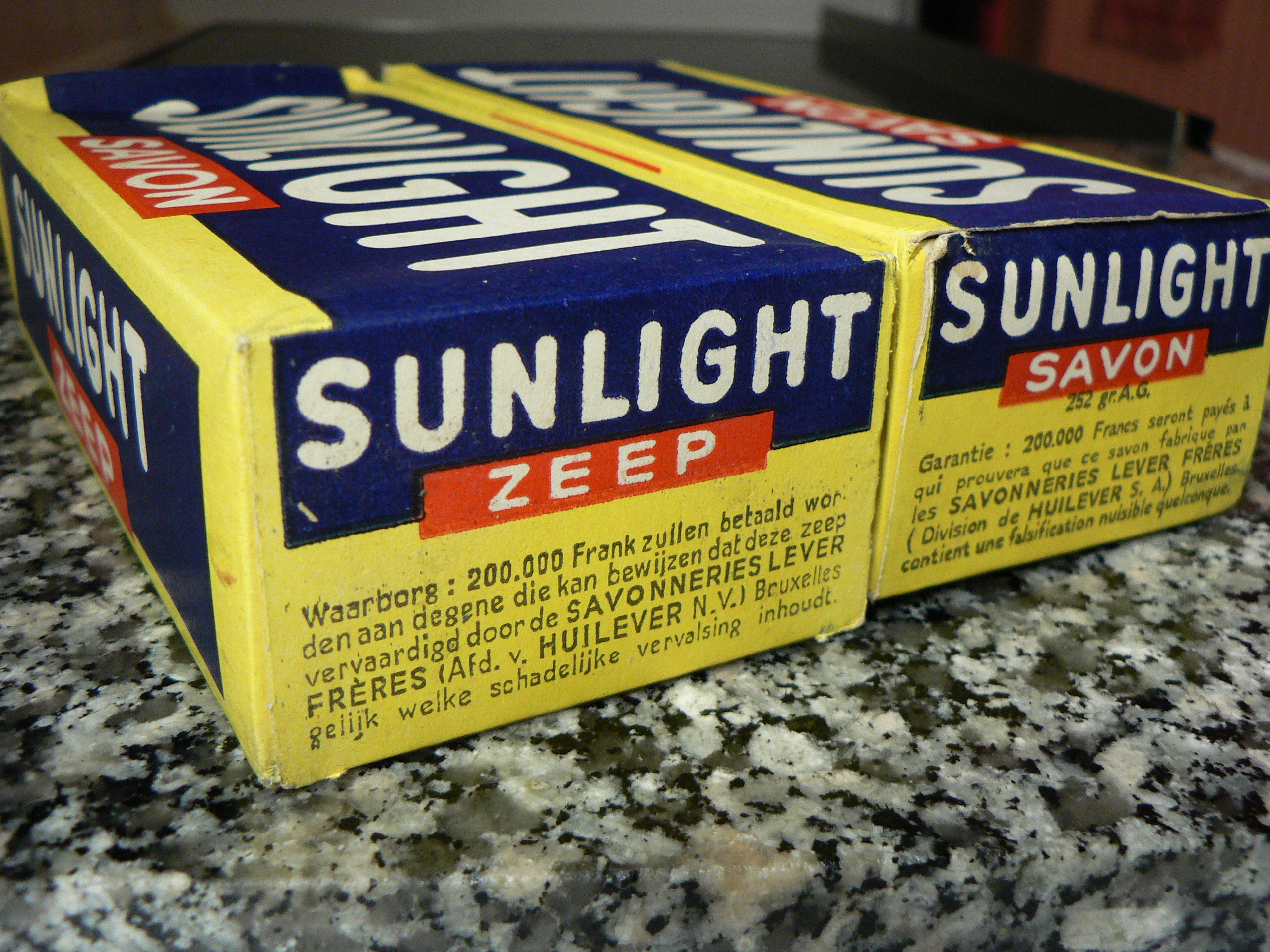An Exploration of Gender Neutral Skincare Branding
Meili Christiansen
In this capstone I examine the marketing and retail space in which gender neutral skincare brands exist currently, and I explore which current brands are succeeding with their strategies, as well as examine trends and similarities between gender neutral skincare brands. I also update the packaging for the skincare brand Clearasil using the trends I found in current and past skincare branding and packaging.
Introduction

Skincare Branding Timeline
Genderless skincare brands have existed since the 1880s with companies such as Clearasil and Sunlight as the major placeholders. Before that, any skincare products were mainly marketed to women, i.e. whitening powder or vanishing creams. Looking back and identifying the spaces where these genderless brands originated gives context for current gender neutral skincare brands in regards to similarities in branding, logotype, and target audience. By examining the history of gender neutral skincare, it is apparent that the perceived societal acceptance as well as the simple necessity of the product drives the marketing.Gender Neutral Branded Product
Sunlight soap, which was founded in 1884, was marketed to a gender neutral audience since the soap was used for laundry, which is seen as a necessity. So something for specifically men or women. The color palette used primary colors, and featured a simple, sans-serif font in all caps. The Sunlight packaging shown below is from the 1930s, and is a clear example of the gender-neutral branding I mentioned above.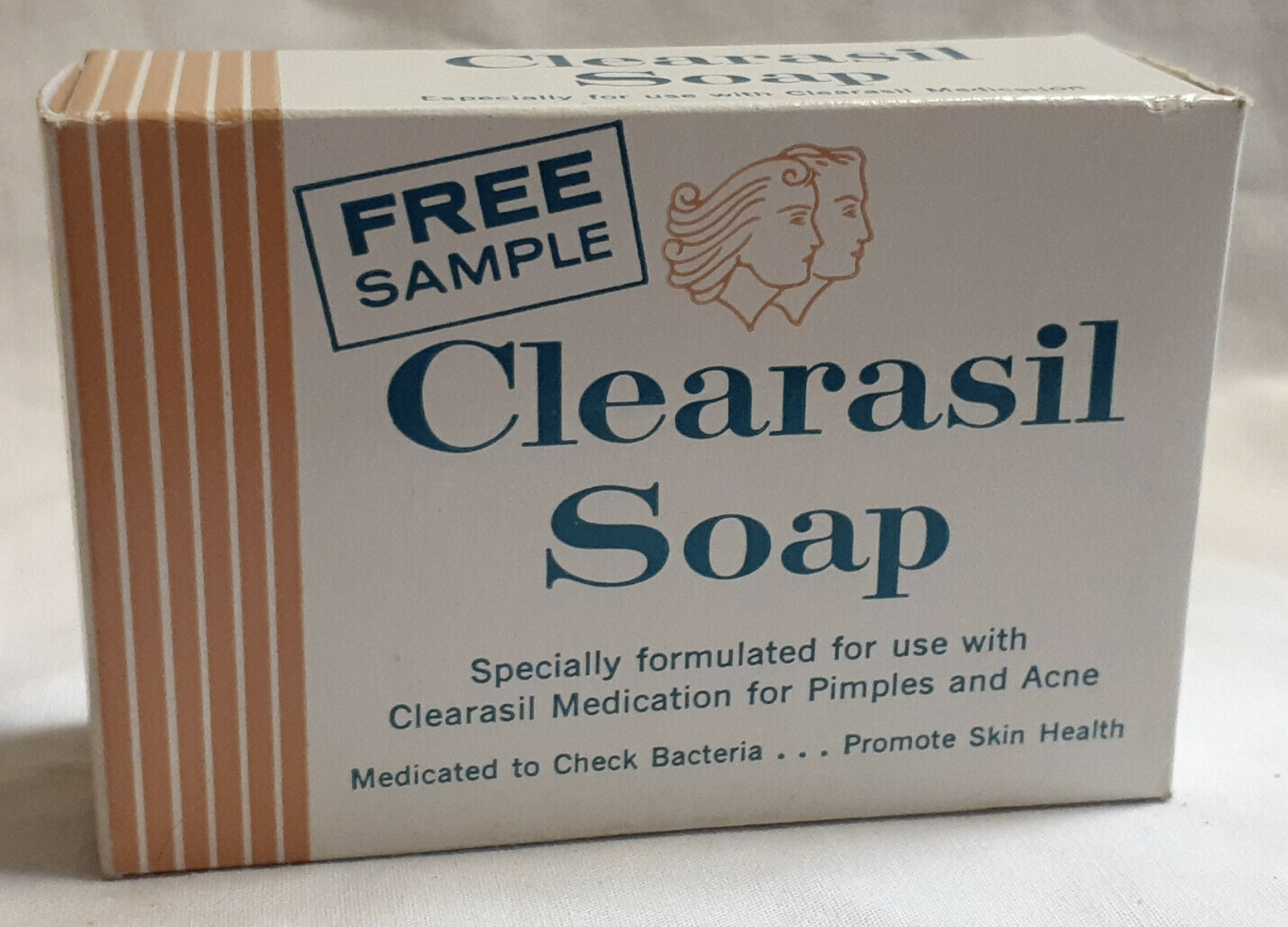
Clearasil Packaging, 1950
Clearasil is an example of an acne-specific skincare line who used branding that was non-gender specific. Their branding featured blue, red, and black as the main color ways. The original logotype was a serif typeface, which differed from other skincare brands at the time, however the packaging included an illustration of a man and woman side by side above the logotype which shows that Clearasil wanted to convey the gender neutrality of the product.
In the 1970’s Clearasil moved away from the serif logotype, and removed the illustration of the man and woman, but kept the red and blue colorways.

Pond’s Packaging, 1920
Traditional skincare seems to have always been gendered and was typically marketed towards a feminine audience. For example, skincare that targeted wrinkles and promised youthfulness was feminized and brands such as Pond’s marketed to women by using pastel colors and script fonts, colors and typefaces traditionally seen as feminine branding.
Pond’s Packaging, 1980
A glass bottle is also used in both packaging styles which also conveys a femininity to the products. You can see below that even when Pond’s moves away from the script typeface and modernizes the design, the use of pastel color is still used and the logotype stays a serif font.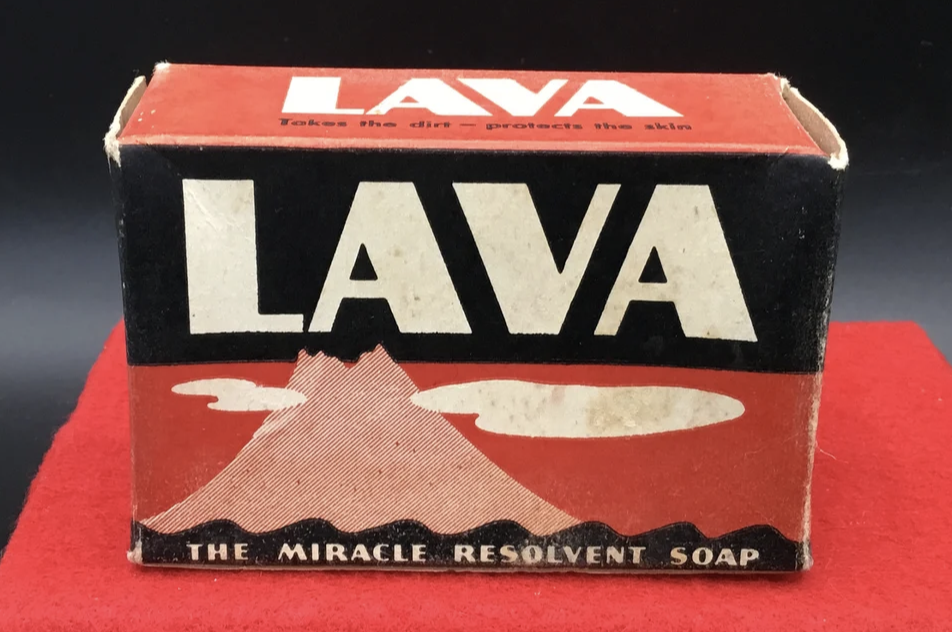
Lava Packaging, 1940
Your environment, religion, gender, worldview, community, and personal beliefs influence how you see the world and what you buy. What soap did you use growing up? What brands are you familiar with? How do your personal experiences influence the products you buy? Consumers often purchase products they have experience with. Creating a product that feels familiar to the customer is a key part of bringing new customers onboard.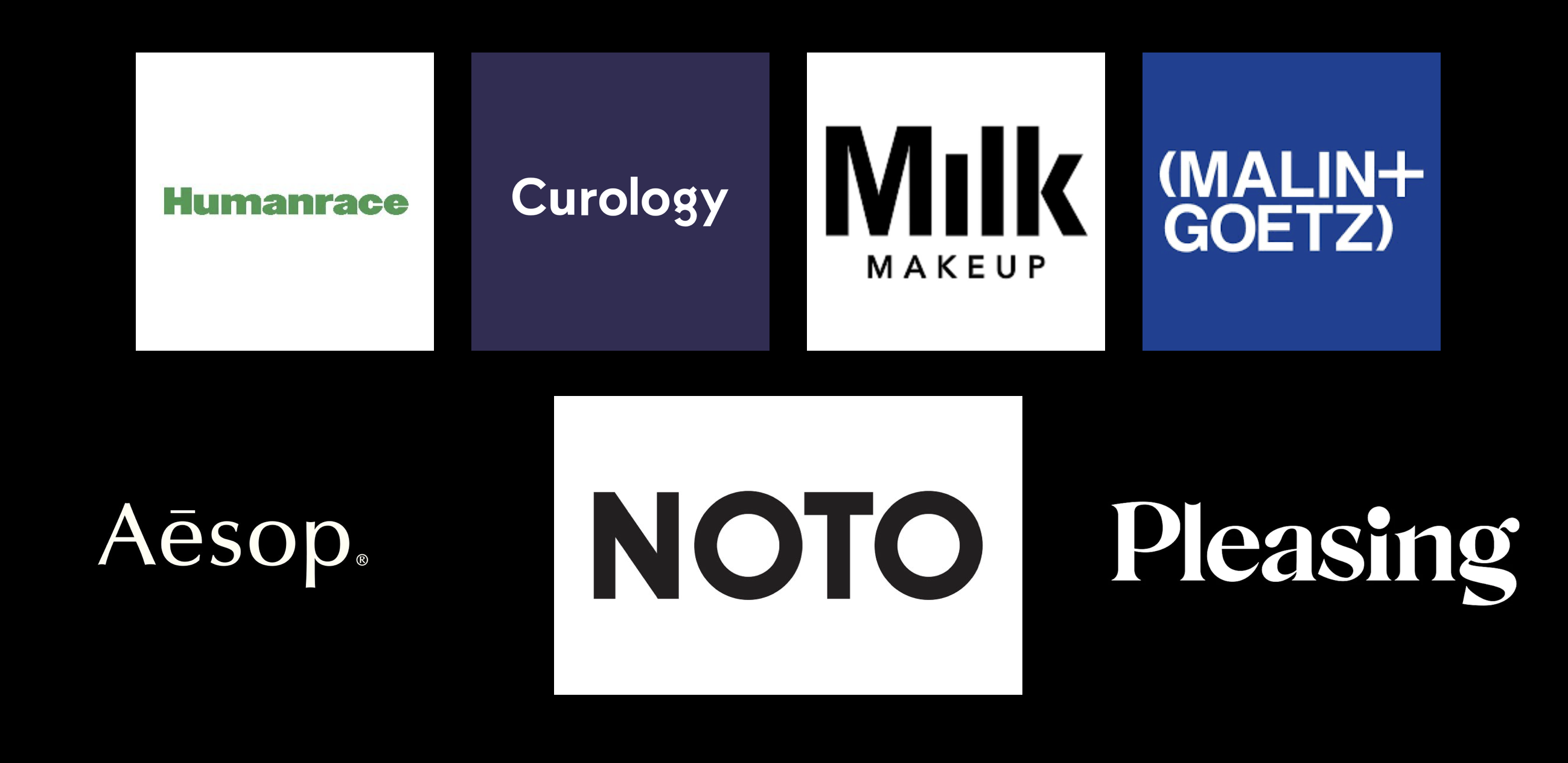
Post-1980 Gender Neutral Skincare Logos
Humanrace, Curology, Aesop, Schaf, Malin+Goetz, Milk, and Noto Botanics are currently the biggest brands in the gender neutral skincare space. However, not each brand explicitly markets itself as a gender neutral product. Aesop, for example, doesn’t show any models in their ads, they only show hands, the product, and their bottles. This leaves the target audience open to interpretation rather than specifically calling it out. This method seems to work for Aesop as they have existed successfully since 1987.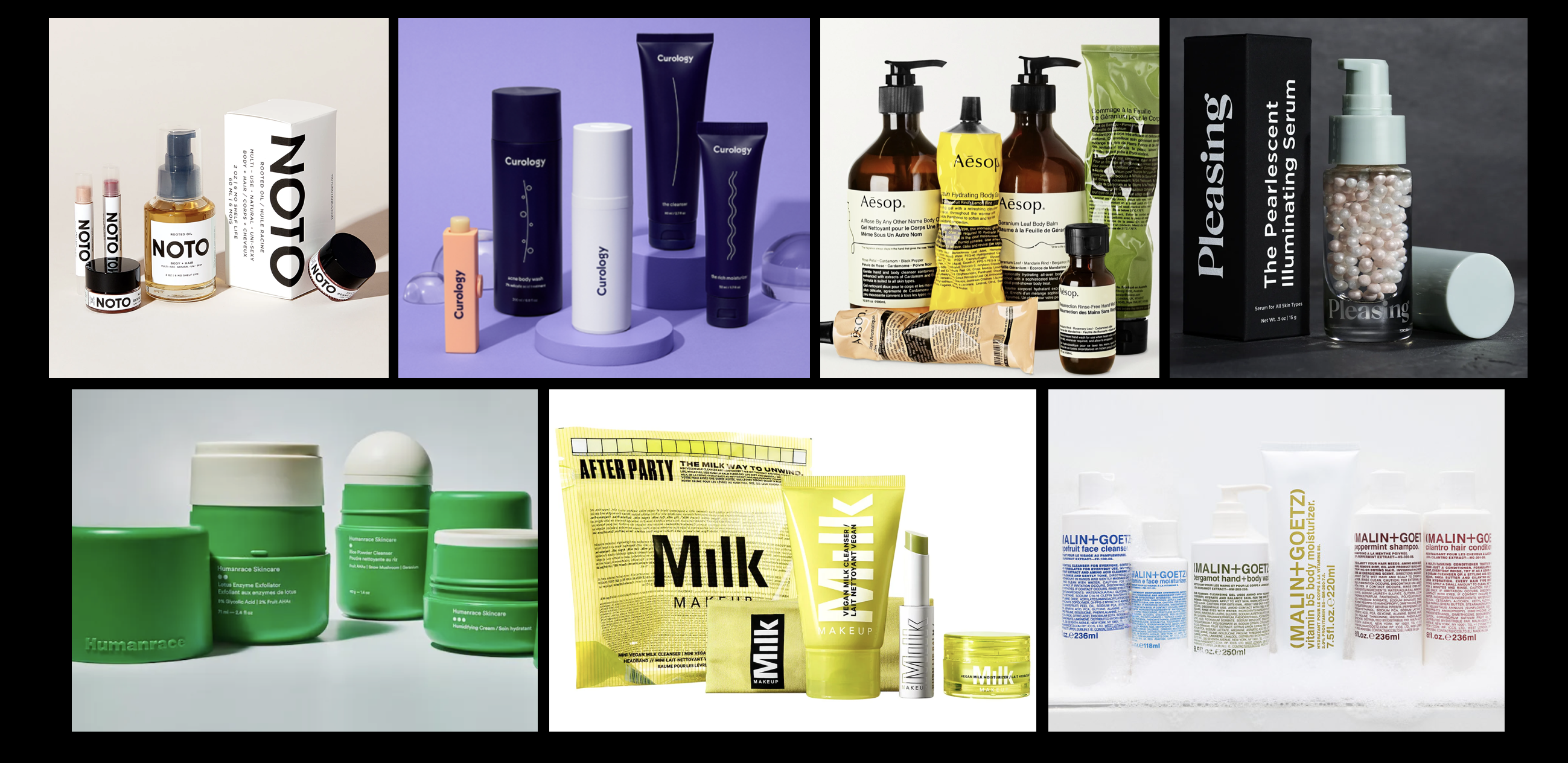
Post-1980 Gender Neutral Skincare Packaging
However there are newer brands that specifically target consumers who are seeking out a ‘genderless’ product. Milk Makeup and Noto Botanics fill this space and market their products to Millennials and Gen Z consumers who want to explore gender roles in a more fluid way with more crossover between feminine expression and masculine expressions of gender. Milk and Noto also heavily market to LGBTQ customers which is also what differentiates them from brands such as Aesop, Humanrace, and Malin+Goetz. Milk also specifically markets their products as ‘clean’ or vegan, and emphasizes sustainability as an important aspect of their brand.
Gender Neutral Products 90 Years Apart
The skincare brand Malin+Goetz which was founded in 2004 uses primary colors in their branding, as well as sans serif, all caps typeface for their logotype. Although Malin+Goetz is specifically marketed as a skincare brand, they use the same branding tactics as Sunlight. The packaging of the Malin+Goetz soap is easily readable and set on a grid, in traditional Swiss style, which denotes readability and modernism to the brand. Set side by side you can see striking similarities between the packaging even though they were designed nearly a century apart.
Milk Makeup Gender Neutral Digital Ads
Newer brands specifically target consumers who are seeking out a ‘genderless’ product. Milk Makeup fills this space and markets their products to Millennials and Gen Z consumers who want to explore gender roles in a more fluid way with more crossover between feminine expression and masculine expressions of gender. Milk also heavily markets to LGBTQ customers which is also what differentiates them from brands such as Aesop, Humanrace, and Malin+Goetz. Milk also specifically markets their products as ‘clean’ or vegan, and emphasizes sustainability as an important aspect of their brand. Milk and Aesop have been incredibly successful at filling the gender neutral space in the market. Milk is expected to make 60 million USD this year.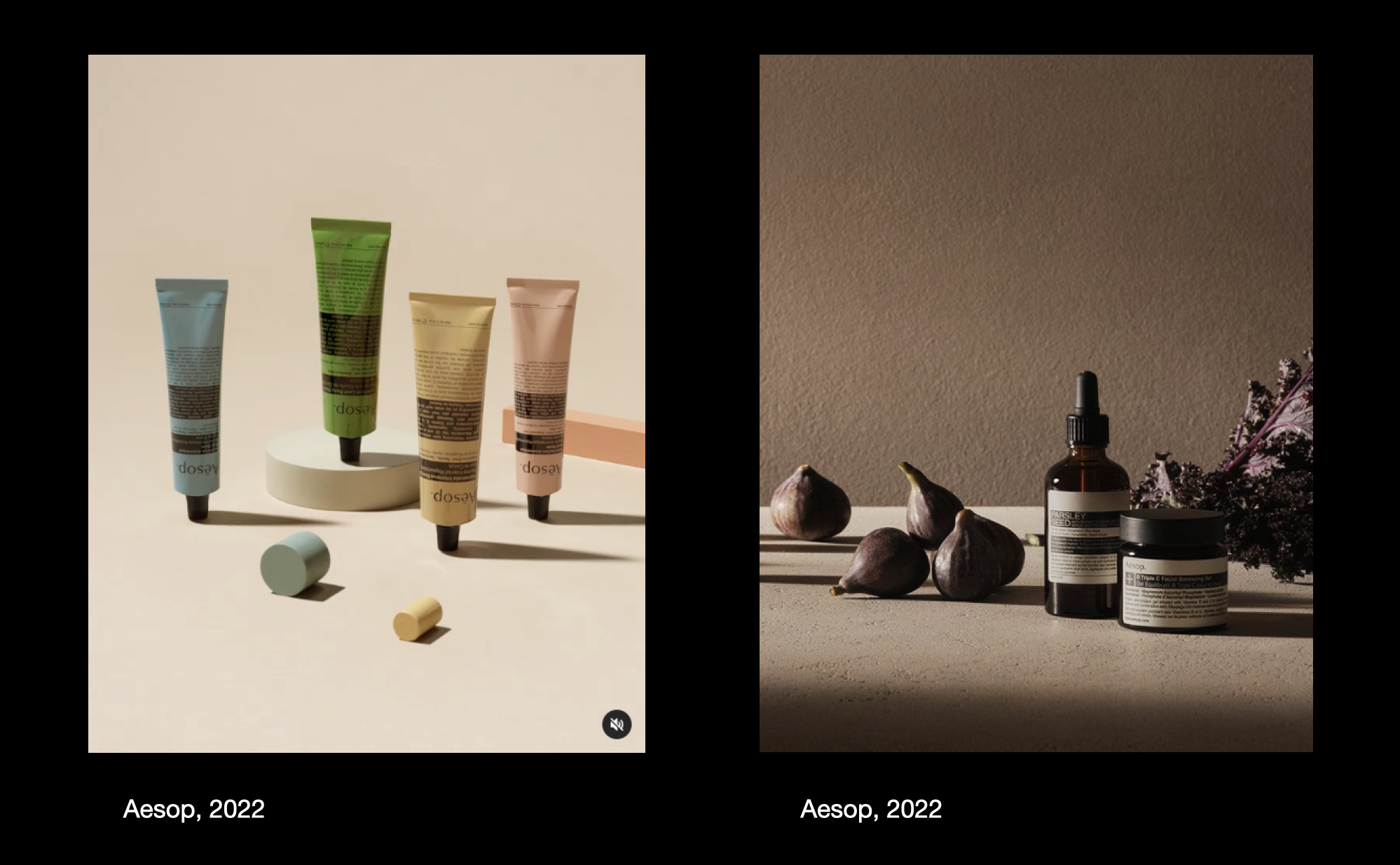
Aesop Gender Neutral Digital Ads
Aesop, a much more established brand, is expected to make 178 million USD this year. Aesop has seen incredible success by marketing themselves using a non-specific audience marketing strategy, which focuses on modern aesthetics and quality rather than a hyper-specific target audience, and they have continued to see success for over 30 years. My question is, will Milk be as successful as Aesop in 30 years? Could the shift in the younger generation away from gendered products be enough to carry them through to be a name brand that is here to stay?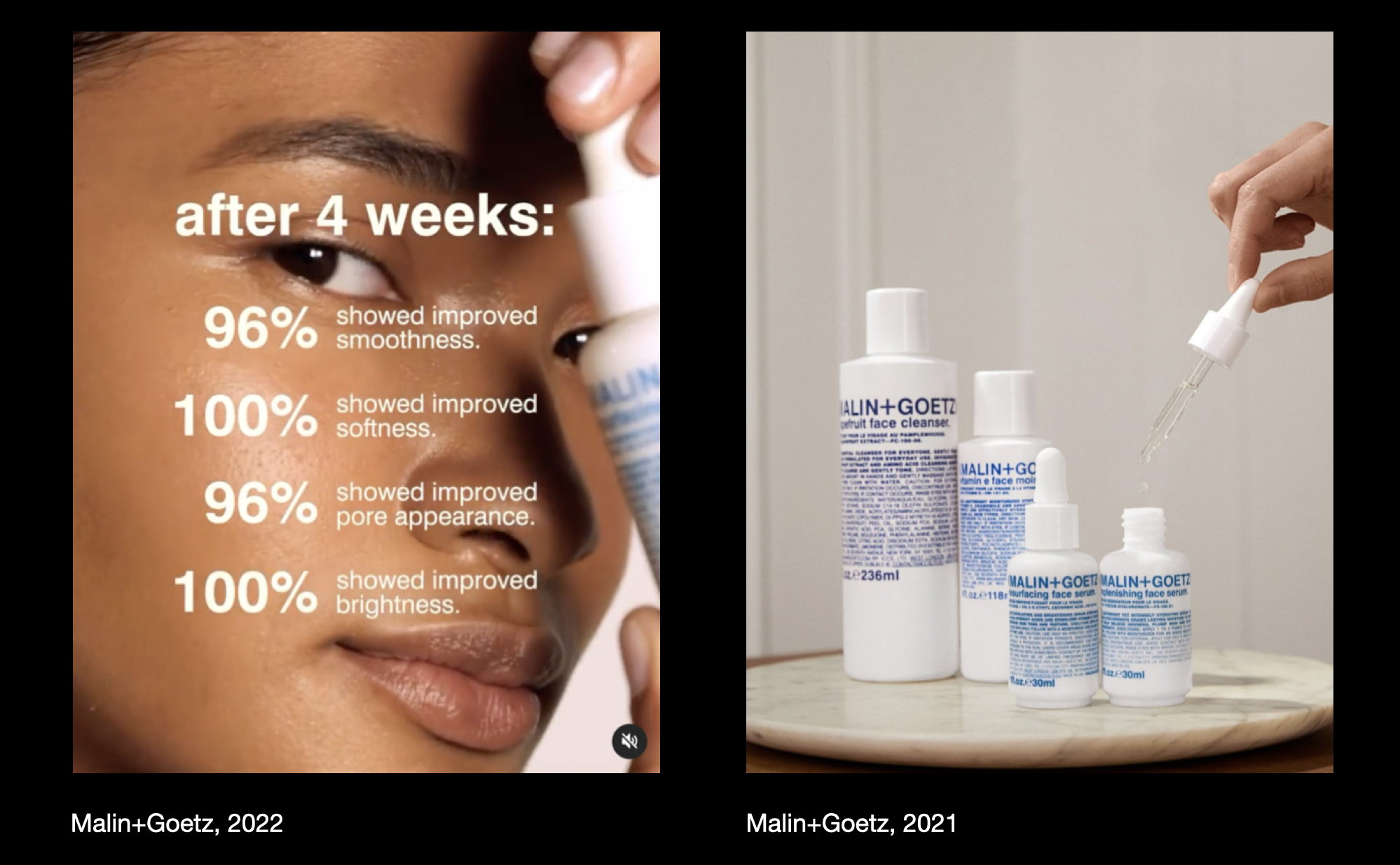
Malin+Goetz Gender Neutral Digital Ads
Malin+Goetz use gender neutral marketing tactics such as only using hand models in their product photos or using androgynous models for any face shots. This keeps the marketing inclusive.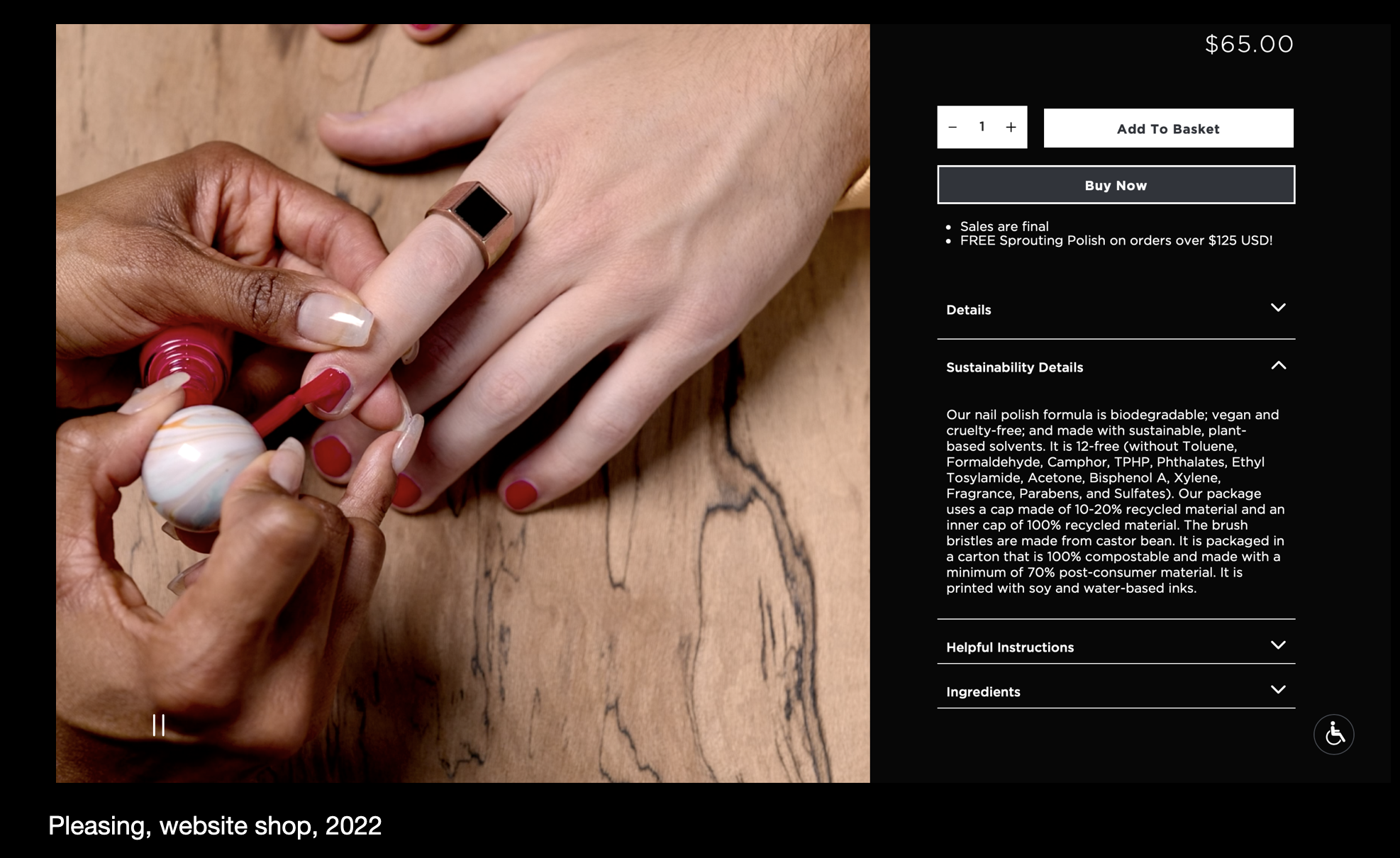
Pleasing Gender Neutral Ads
Harry Styles released the gender neutral skincare and nail polish line Pleasing in 2021 using some of the tactics and trends discussed above: inclusive product photography showcasing feminine and masculine hands, limited color palette, and a simple, familiar word for the brand.
Clearasil Rebranding
For the final aspect of my capstone, I wanted to rebrand the acne focused skincare brand Clearasil using the strategies and branding I found through my research.
Rebrand Initial Sketches
I implemented a more modern, minimal design style for the brand, and played around with a more colorful color palette.
Clearasil Rebrand
The new gender neutral branding for Clearasil.
